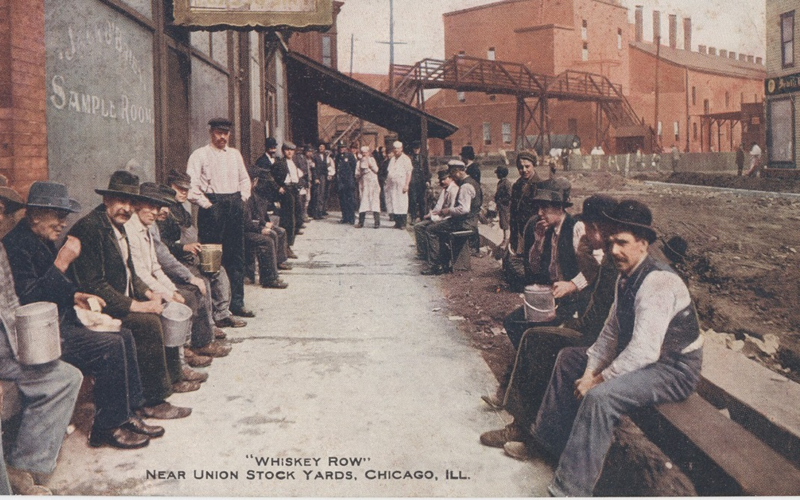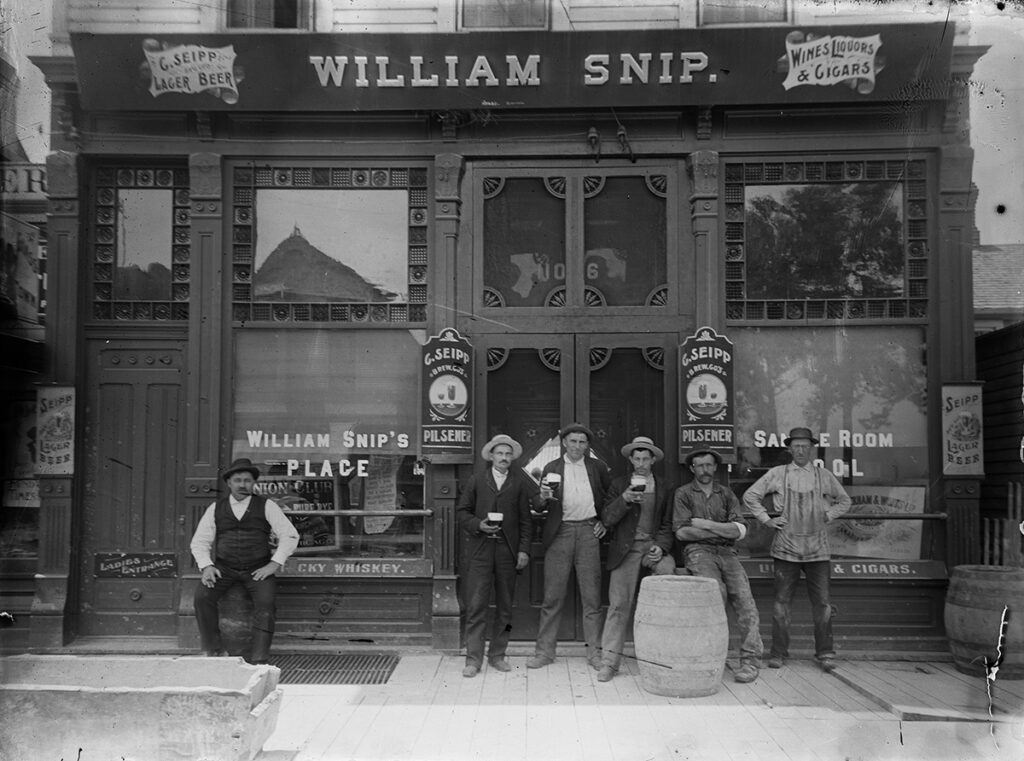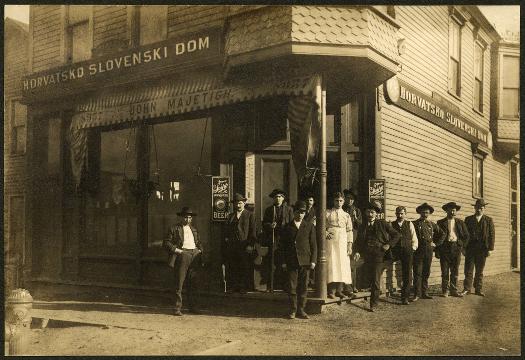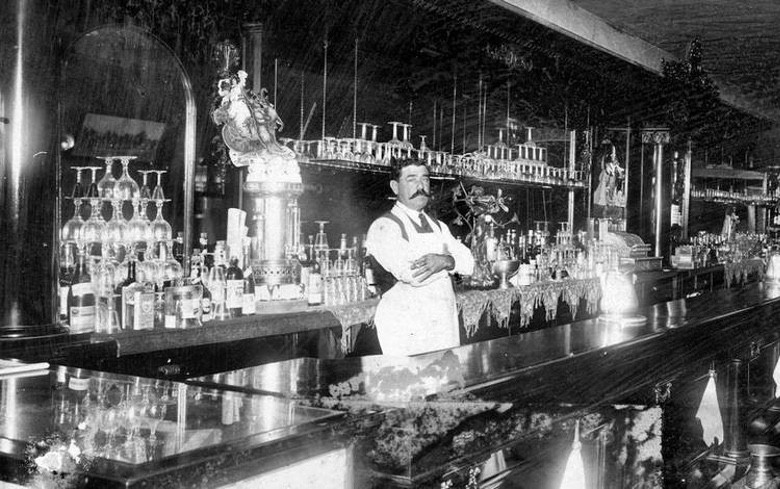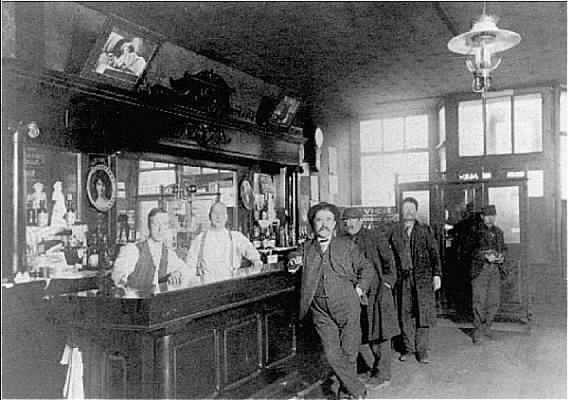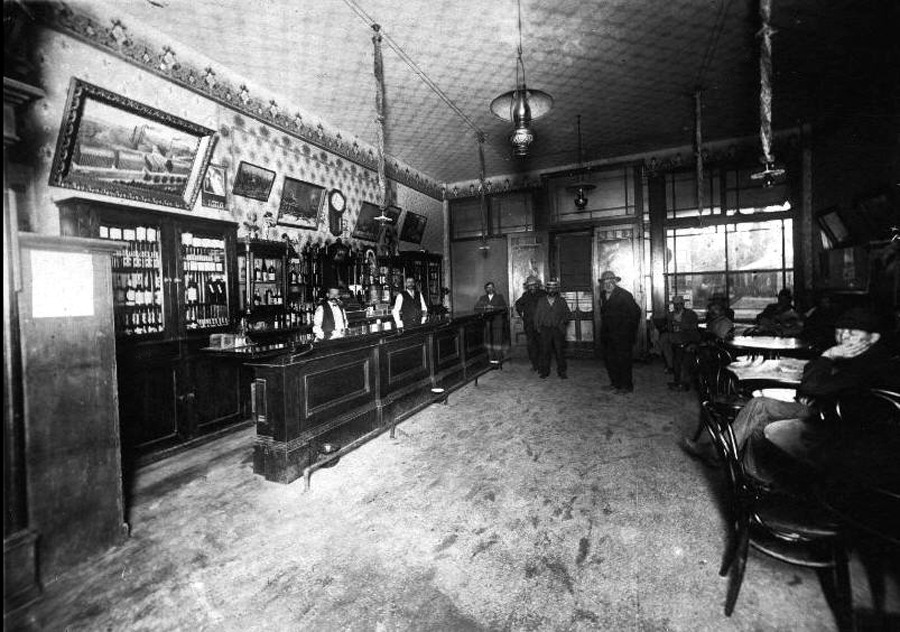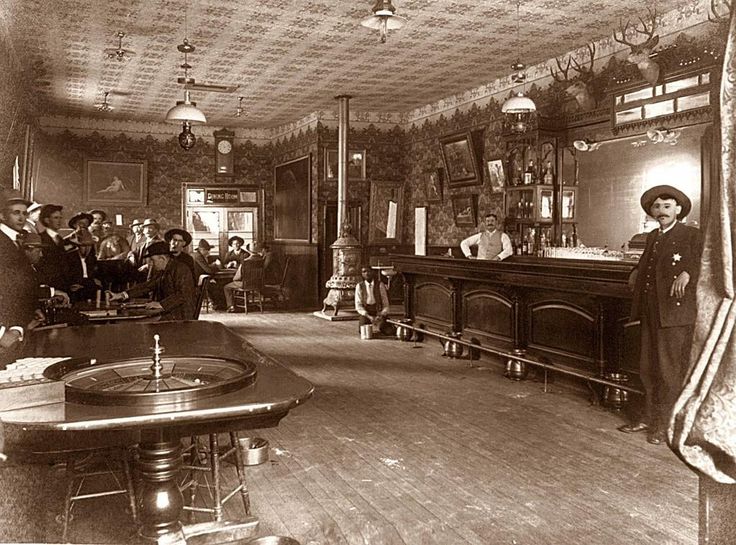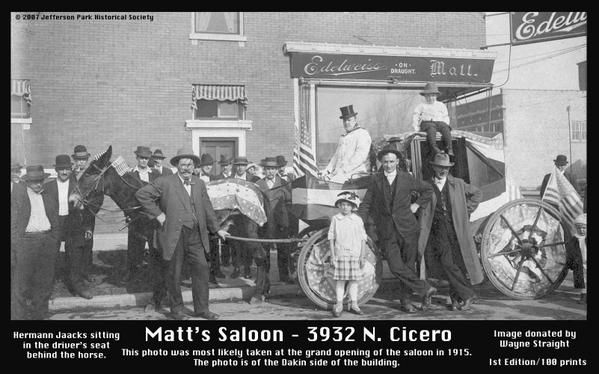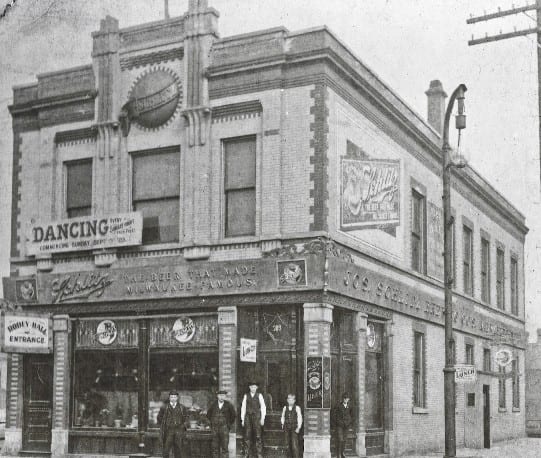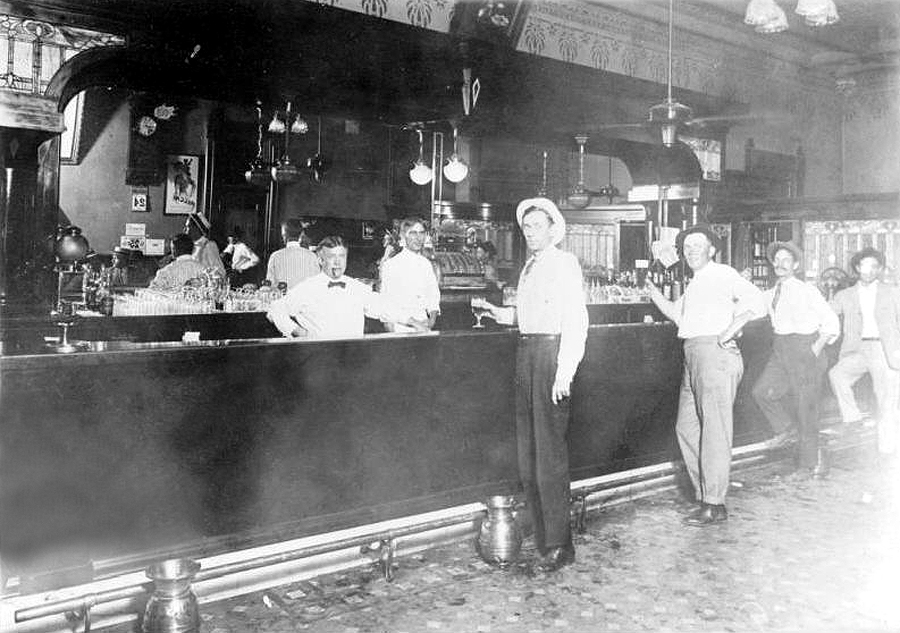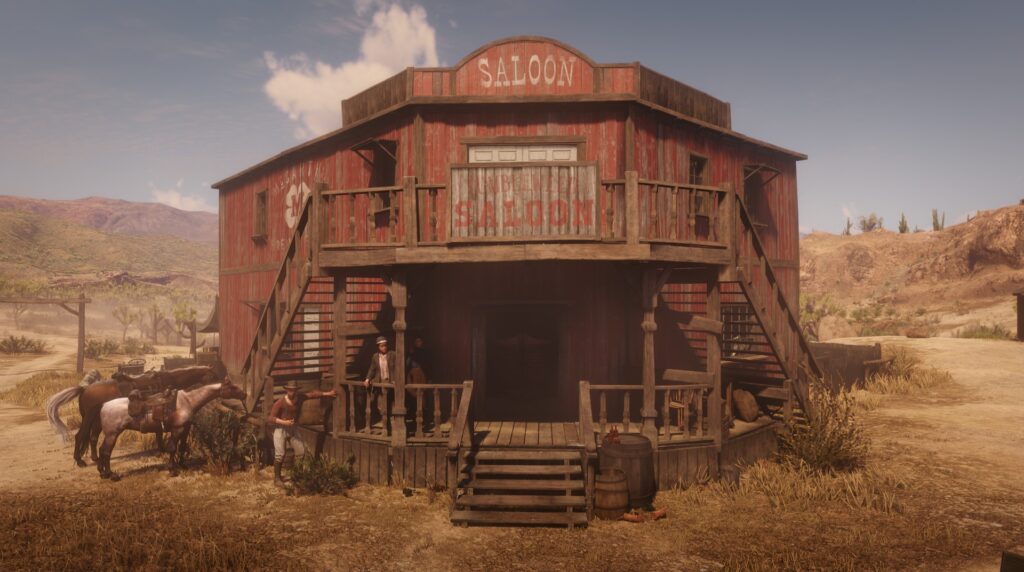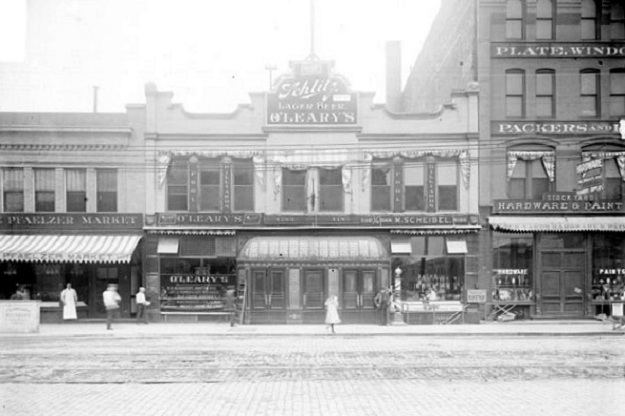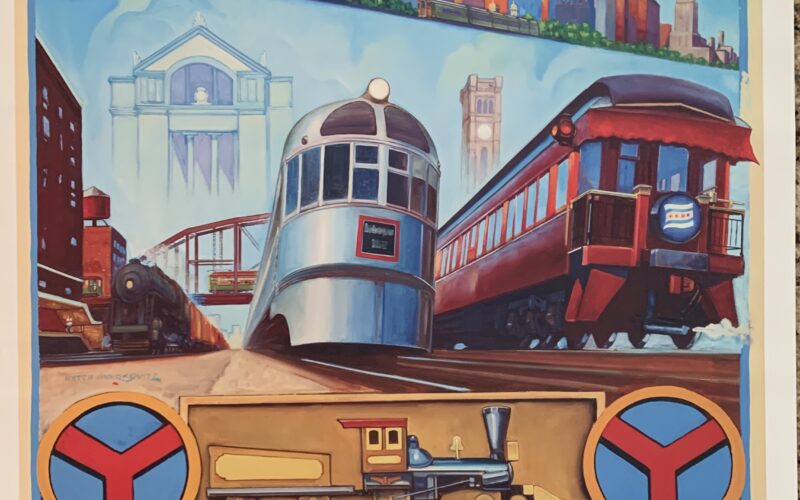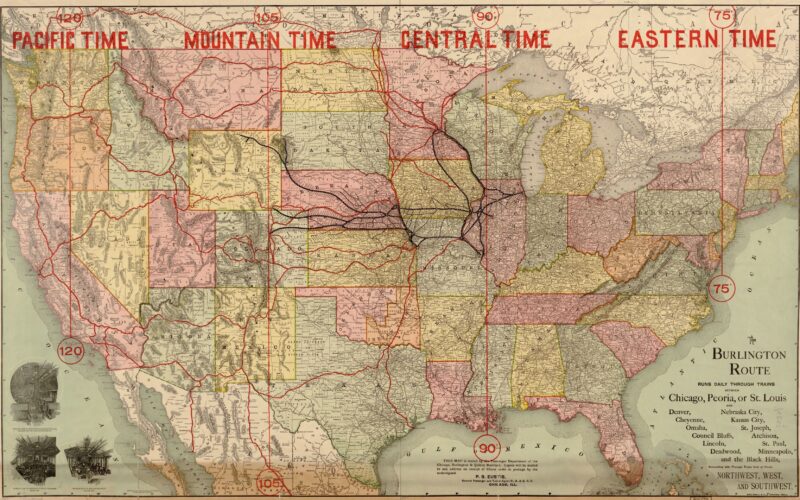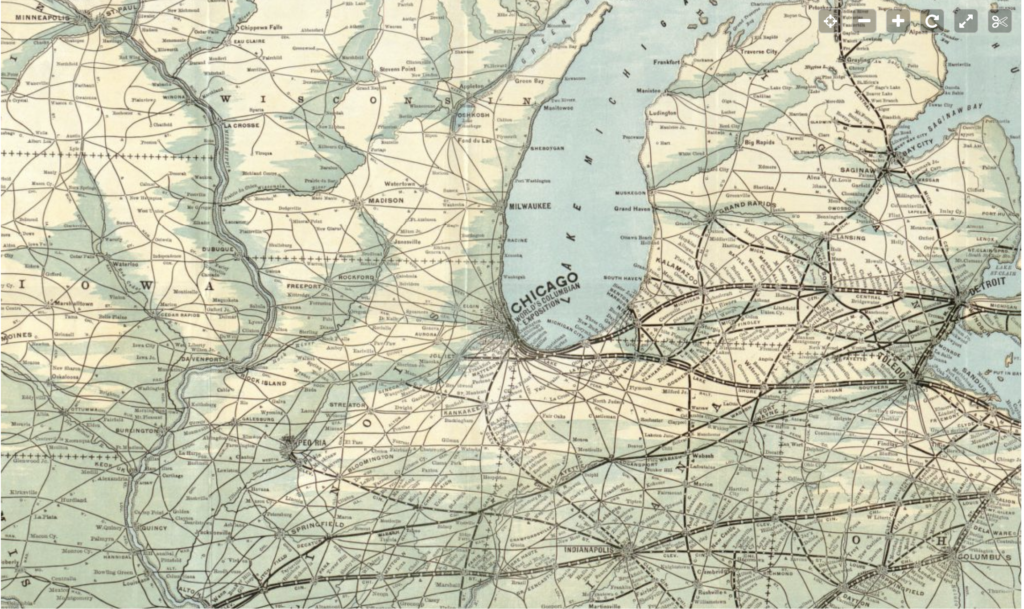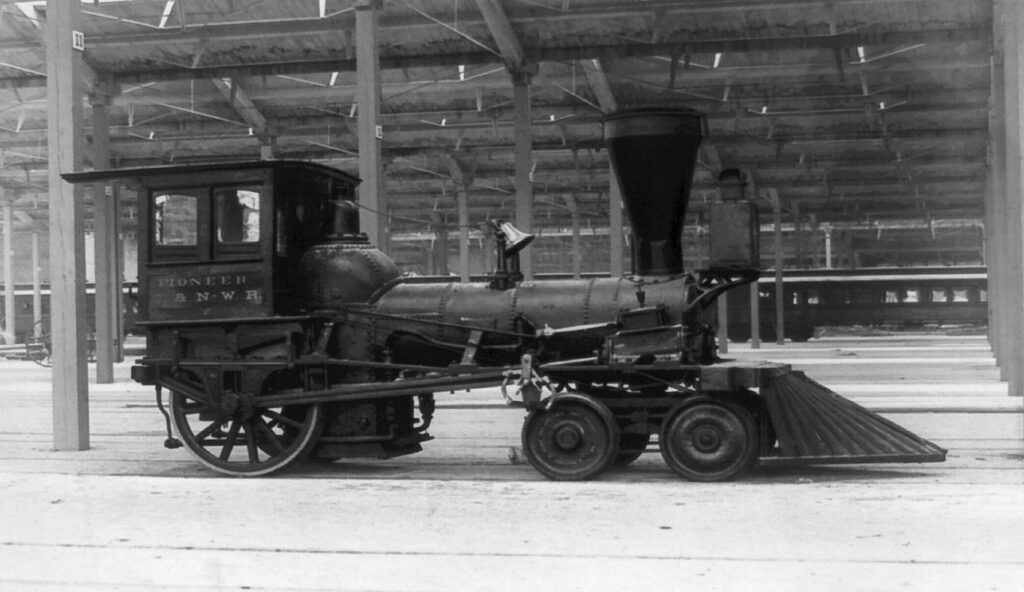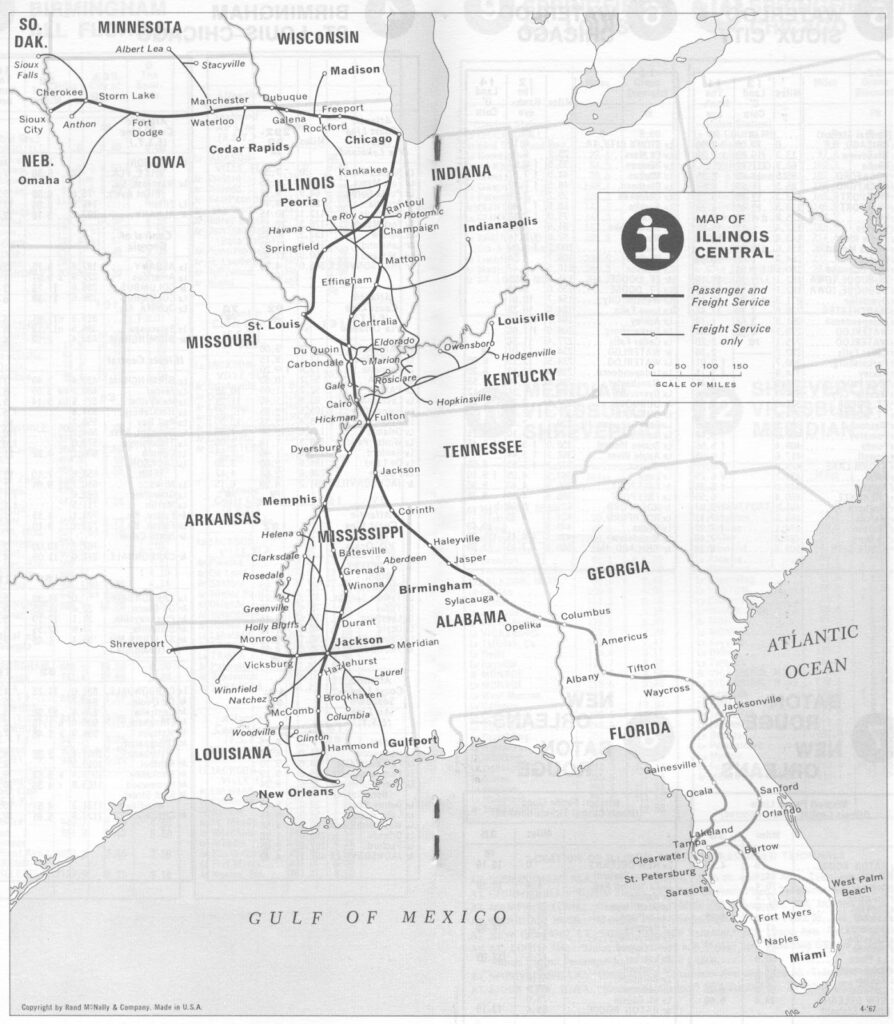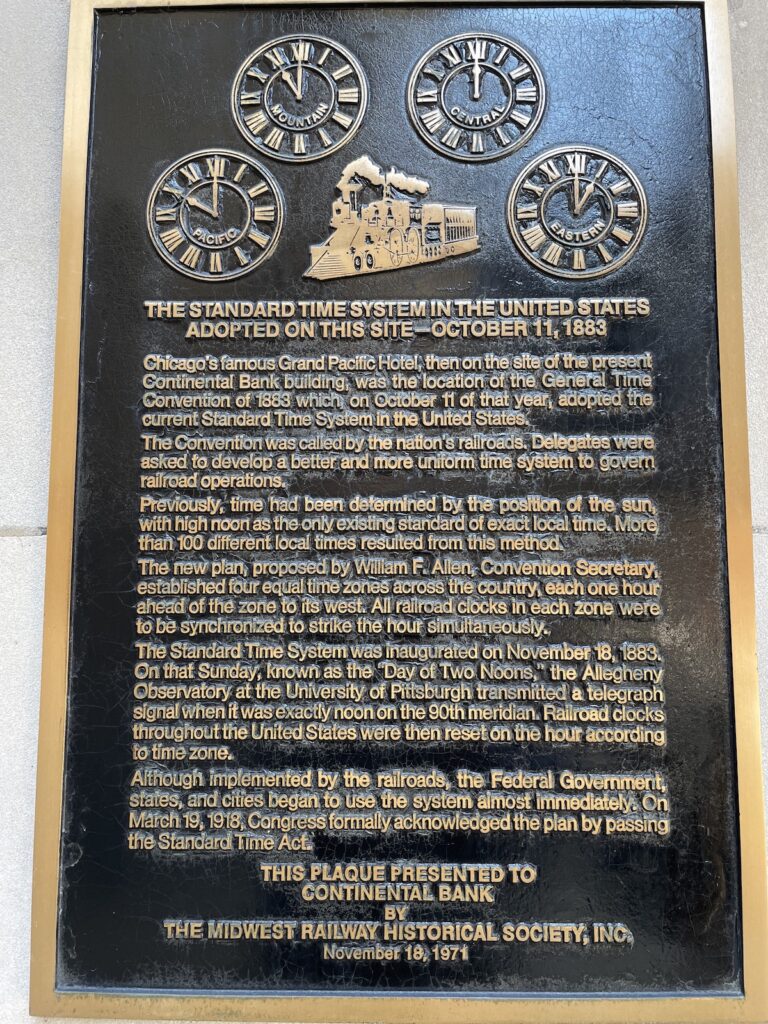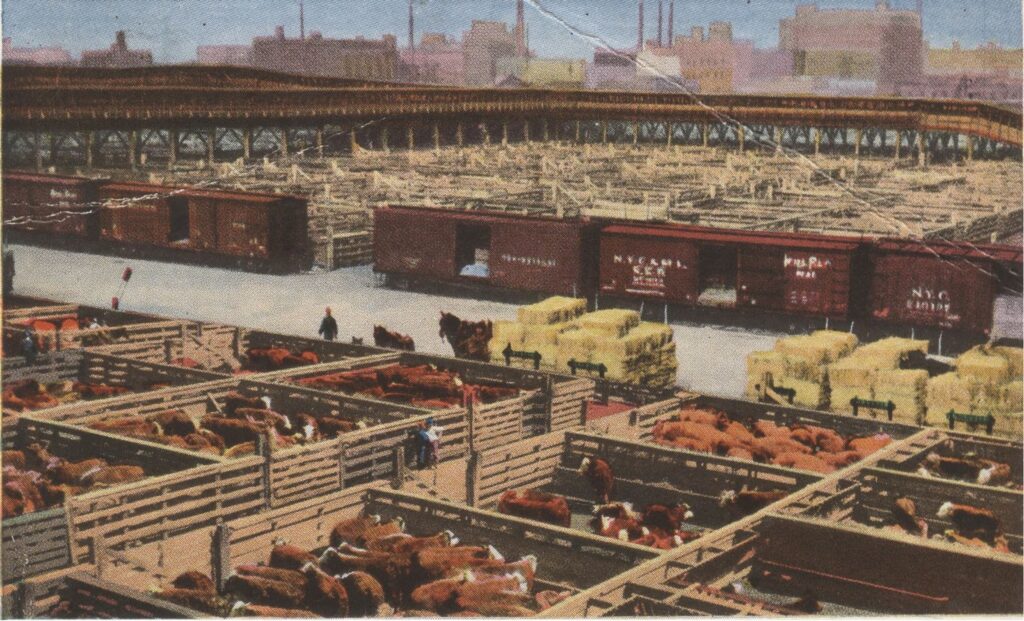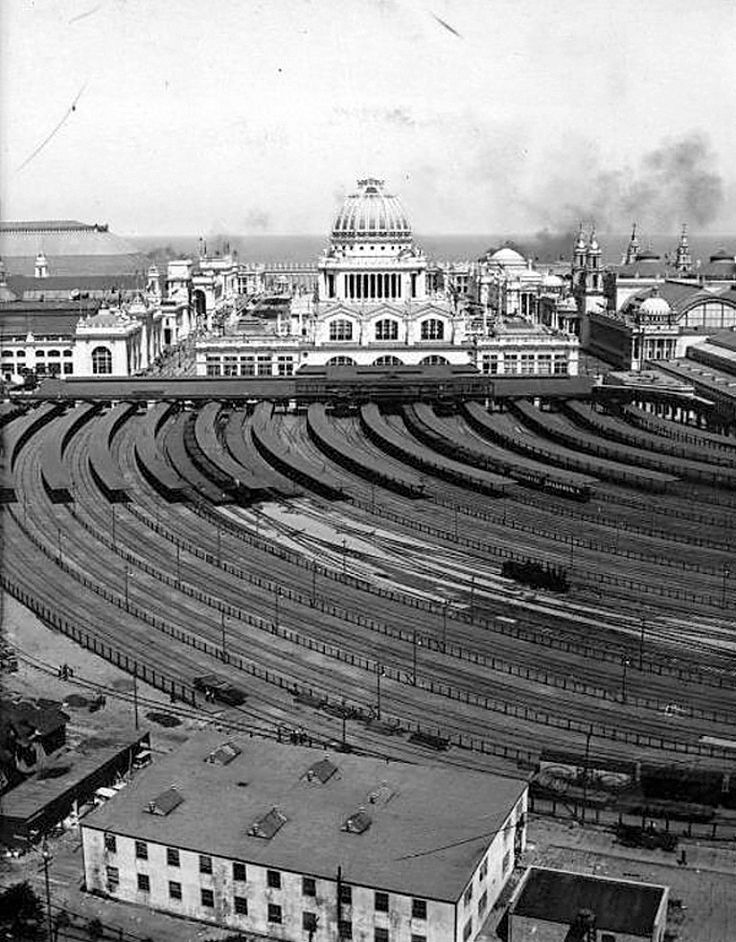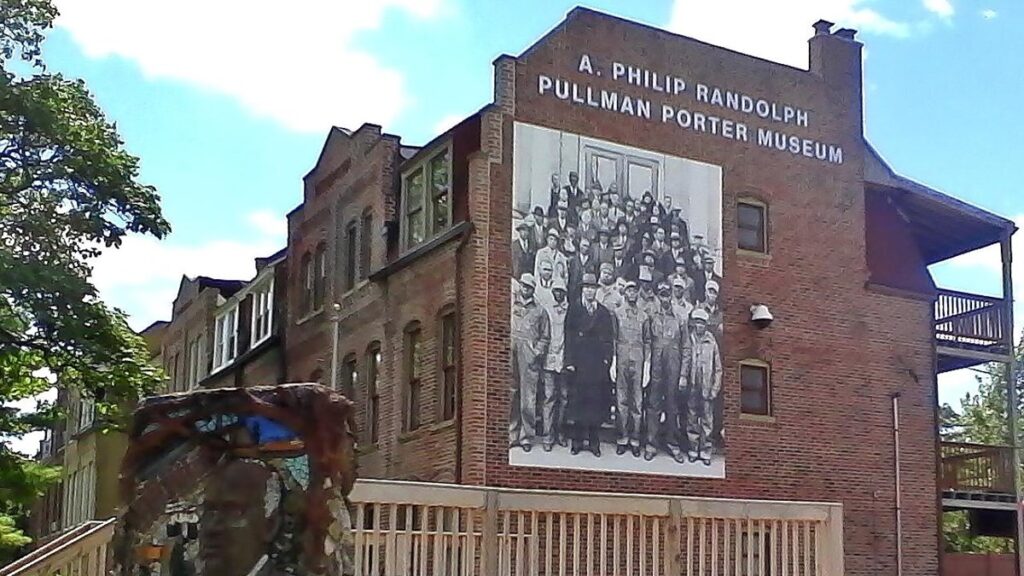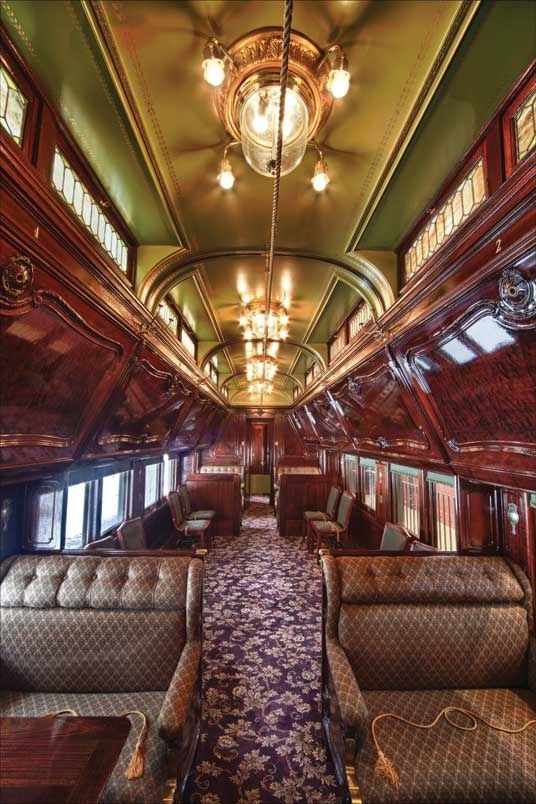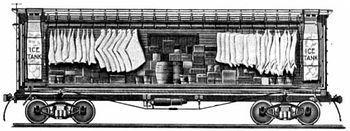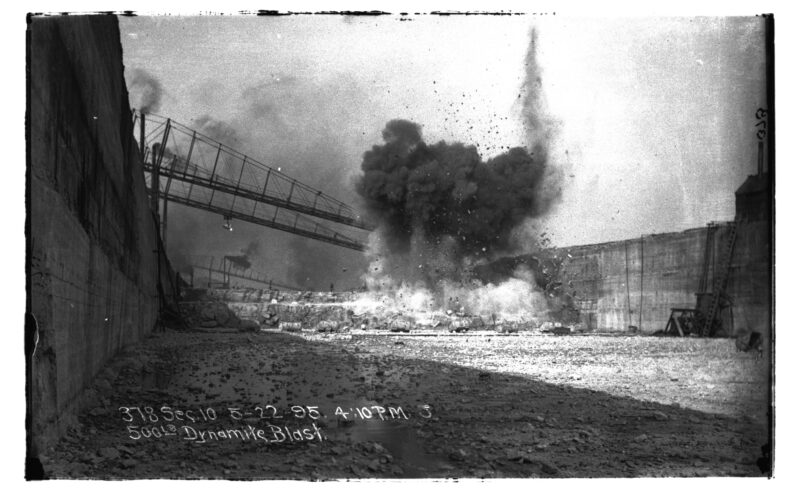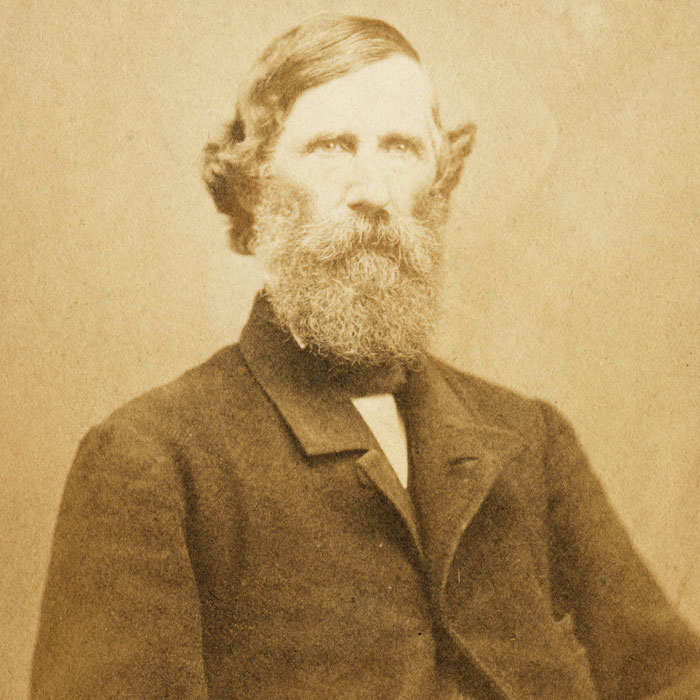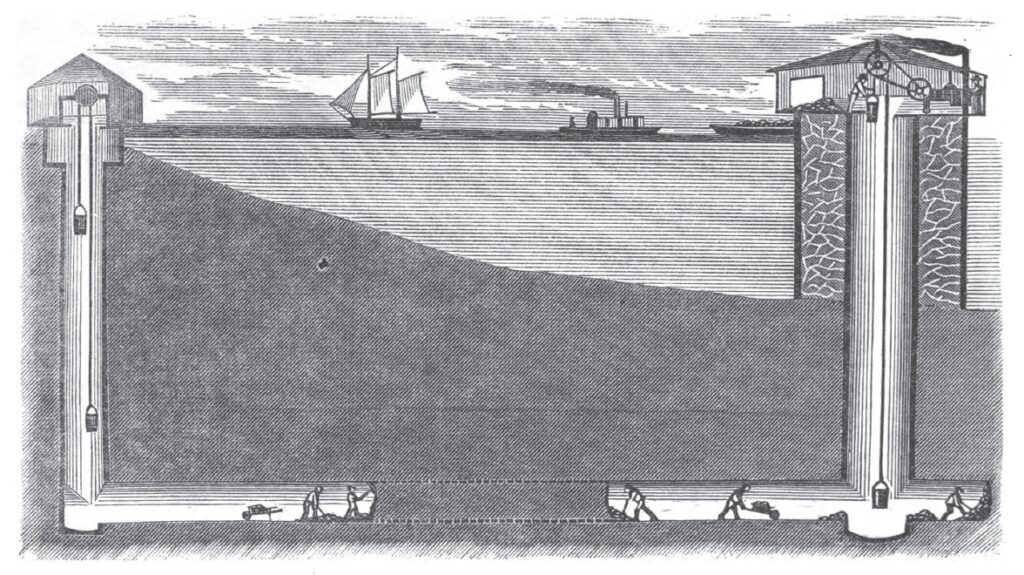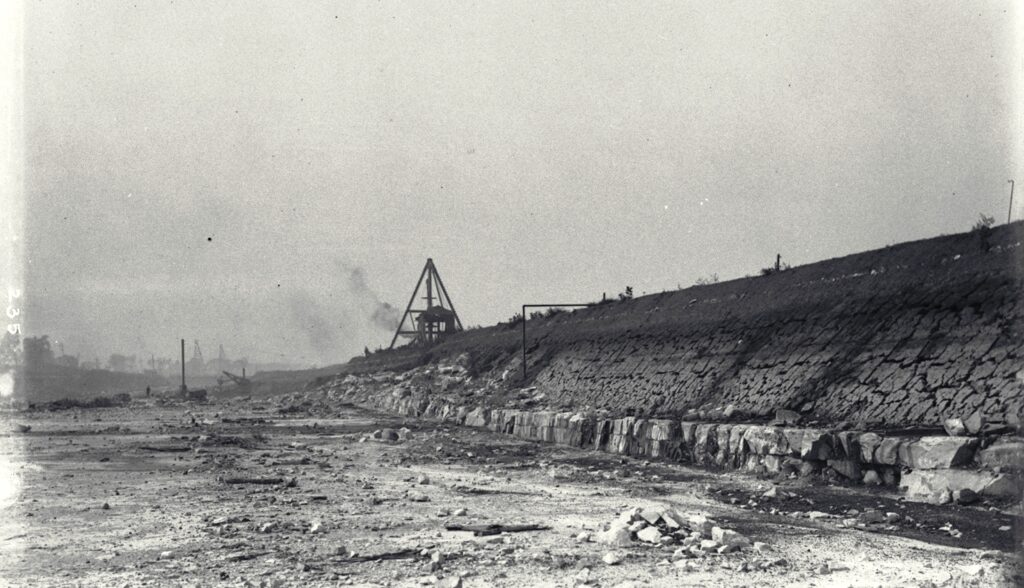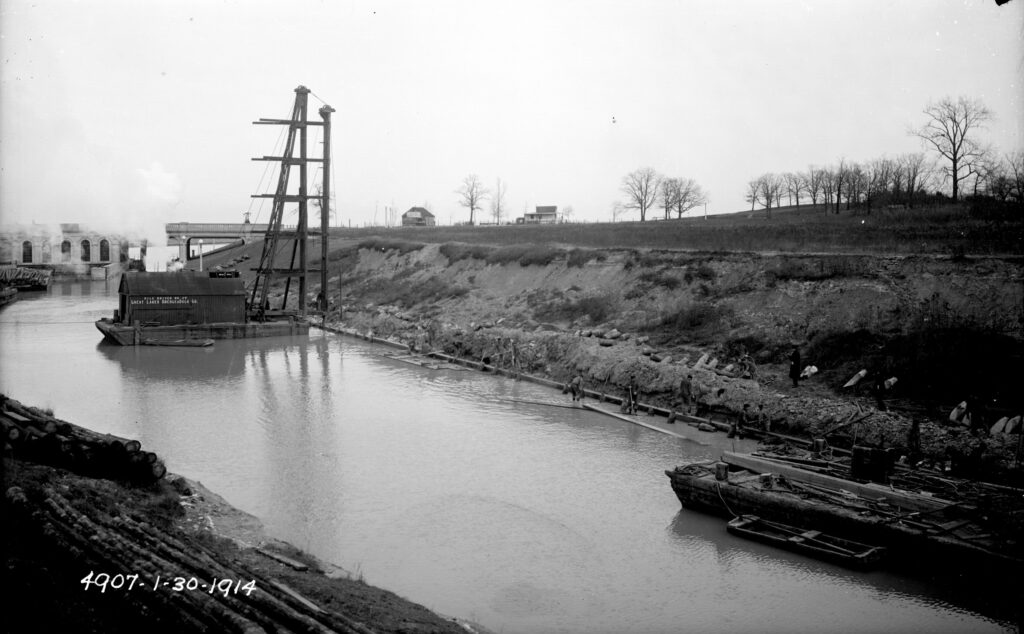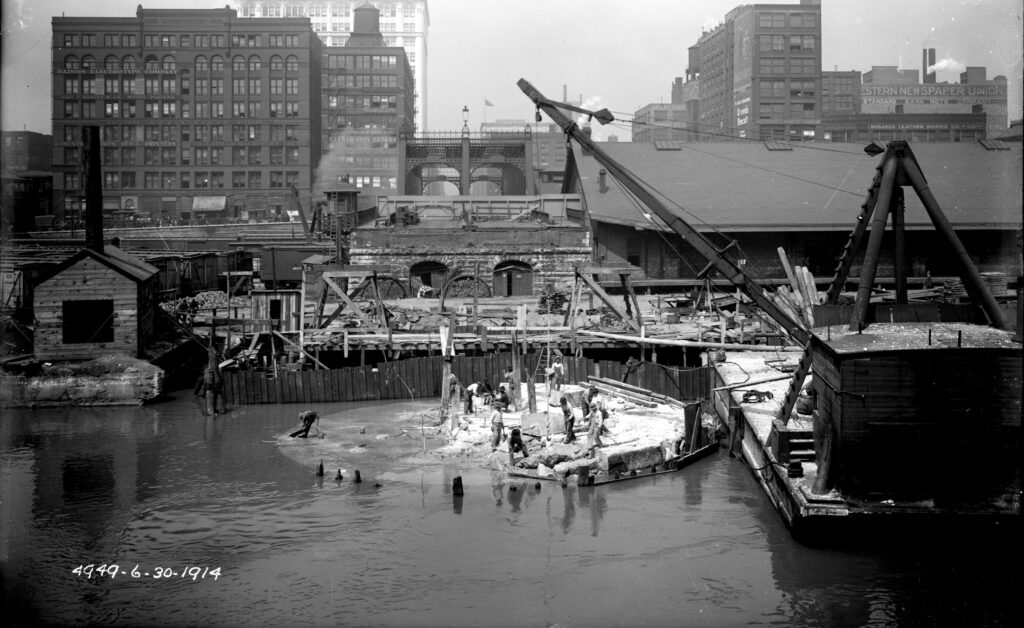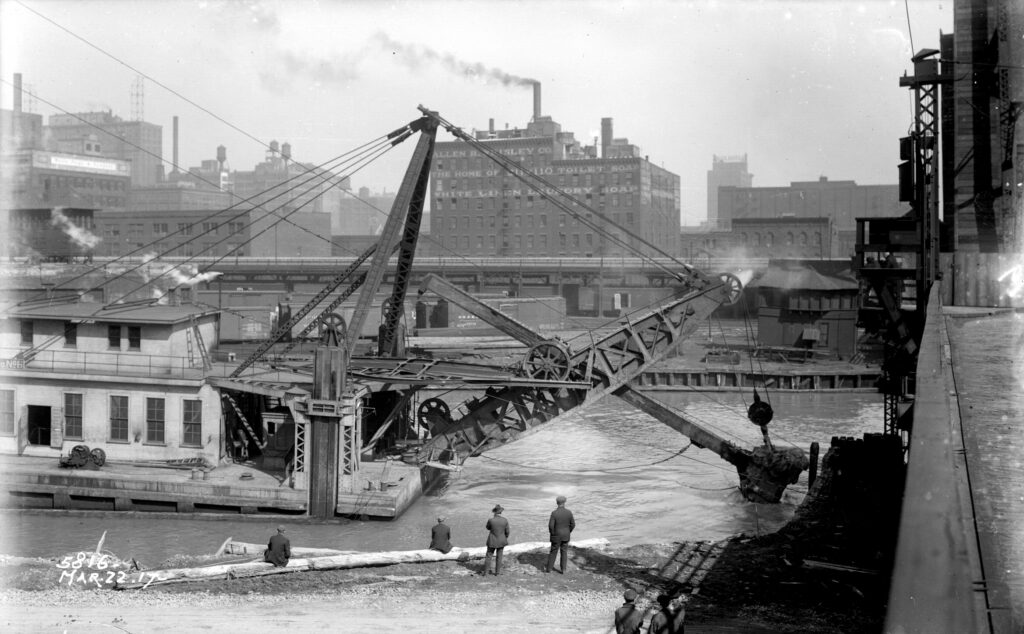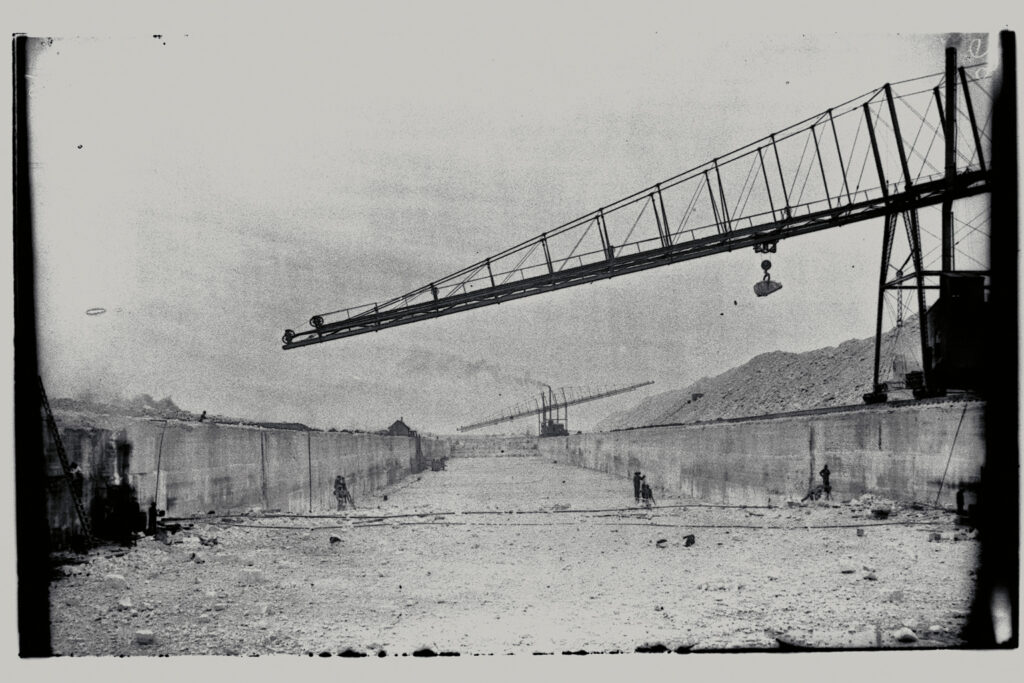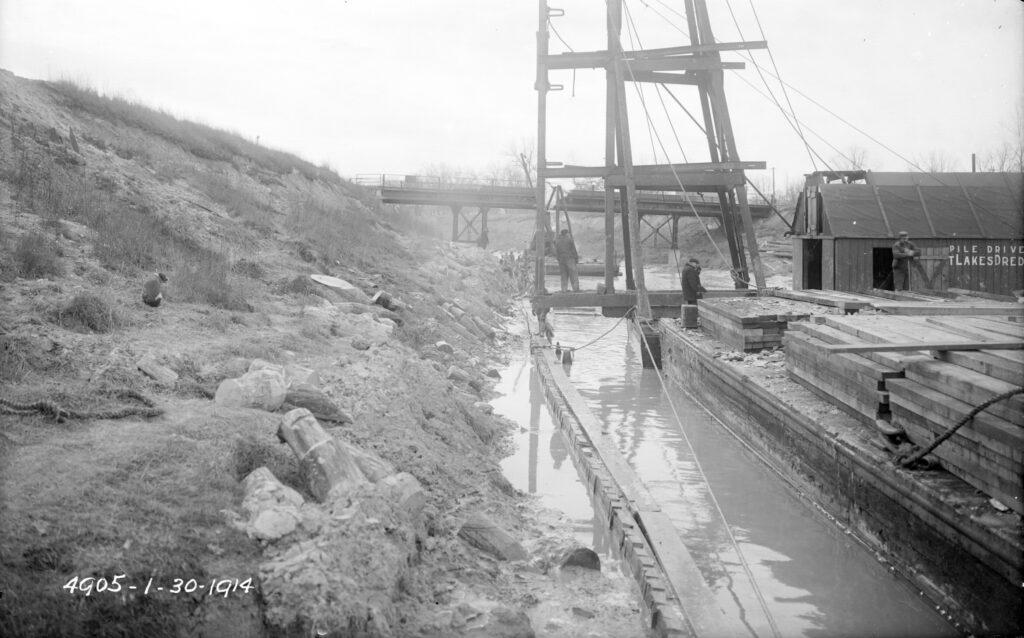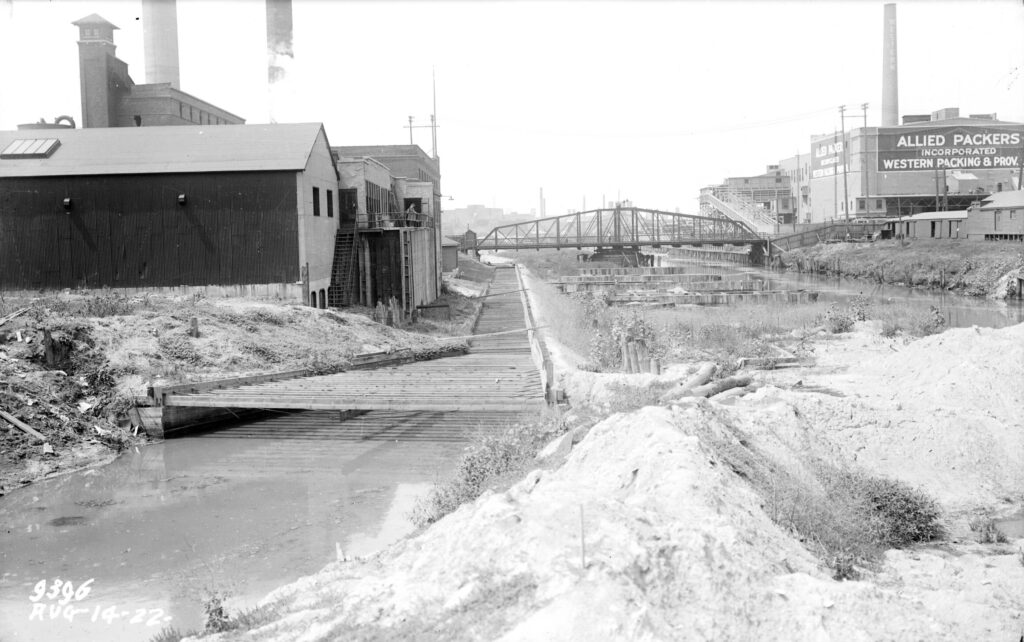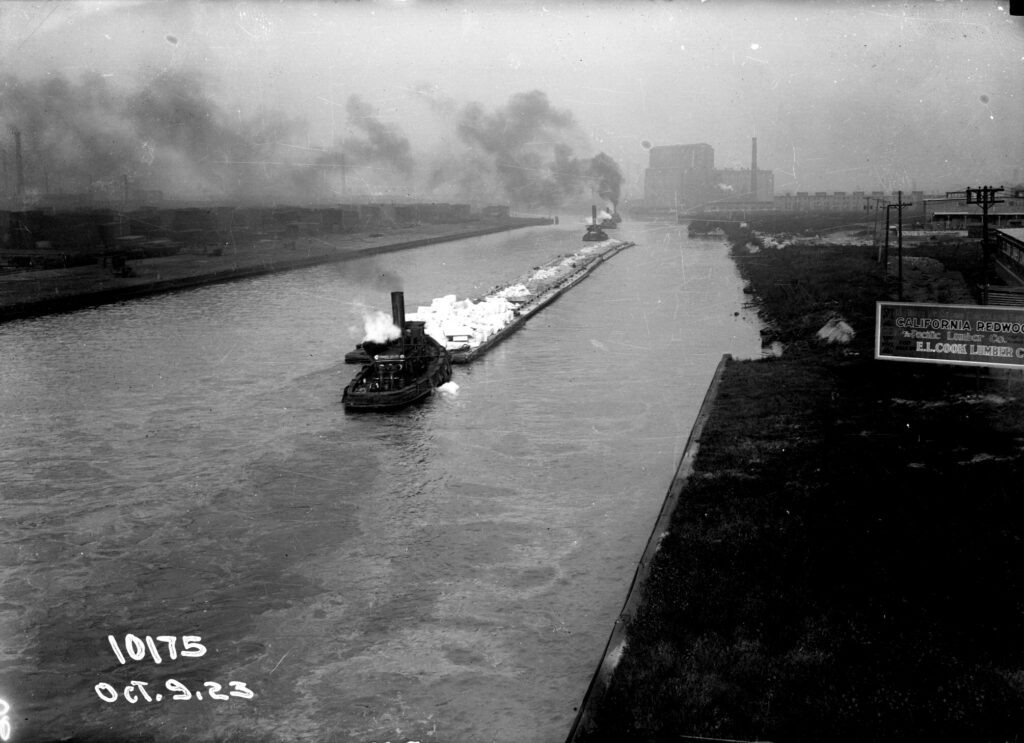Episode 25 – A Book and A Beer: George Ade and the Old-Time Saloon
The path to riches is not often associated with journalism, but in the case of George Ade, writing for Chicago newspapers was his road to wealth and fame. Ade, (1866-1944) who was born and raised in Kentland, Indiana, attended Purdue University and then came to Chicago to work as a reporter in the heydays of newspapers.
Today George Ade is rarely remembered, with his books out of print, and decades since his musical comedies were performed. But from the 1890s to the early 20th century, he was compared to Mark Twain, a friend of his, and had not just one, but two hit plays on Broadway at the same time. Ade earned so much money from his successful books, plays and syndicated newspaper columns, he built an English Tutor on a 400-acre estate in Indiana, named Hazelden. There Ade threw big parties and was visited there by U.S. Presidents such as Theodore Roosevelt, William Howard Taft, and Calvin Coolidge. In fact, Taft began his Presidential campaign of 1908 from Hazelden.
Ade’s name lives on through his philanthropy, like the donation of 65 acres, with fellow alum David E. Ross, to Purdue University, for a football stadium in 1924, which is now known as Ross-Ade Stadium.
What was true then about Ade’s writing is also true now, and that is Ade’s stories are hilarious. His final book “The Old Time Saloon” (1931) is laugh-out-loud funny and a recent edition from the University of Chicago Press is annotated by Bill Savage.
Bill Savage, Ph.D. is a professor of English at Northwestern University and our guide through not only the work “The Old-Time Saloon: Not Wet – Not Dry, Just History” and this podcast. Dr. Savage paints a picture of the Chicago Ade knew from the high-class Saloons downtown to the more seedy establishments frequented by his friend, Finely Peter Dunne, whose literary bartender, Martin T. Dooley, delighted a nation with his quips.
Writers like Ade and Dunne started out as journalists, and along the way captured the rhythms of speech and the vernacular of the working man, and in doing so gave birth to a new type of literature. A style practiced later by authors such as James Farrell, Nelson Algren, Mike Royko and Stuart Dybek. We hope you will enjoy this dive into Chicago’s literary and drinking past.
Links to Research and Historic Sources:
- The book, The Old-Time Saloon by George Ade
- Chicago writer and author George Ade (1866-1944)
- Ross-Ade Stadium at Purdue University
- Northwestern Professor of English Bill Savage, Ph.D.
- Hazelden (George Ade House) in Brook, Indiana
- Chicago writer and author Peter Finley Dunne (1867-1937)
- Mr.Dooley on the Immigration Problem (1898) adapted from the writings of Finley Peter Dunne, performed by Alexander Kulcsar.
- “Who’s Your Chinaman?”: The Origins Of An Offensive Piece Of Chicago Political Slang By Monica Eng
- Era of “Hinky Dink” Kenna and “Bathhouse John” Coughlin from the Encyclopedia of Chicago
- “Mickey Finn: The Chicago Bartender Who Infamously Drugged And Robbed Patrons With Laced Drinks,” By Natasha Ishak Published September 24, 2019
- The Everleigh Club from Wikipedia
- Chicago Daley News Building (Riverside Plaza) from Wikipedia
- Douglas Copeland’s novel “Generation X: Tales for an Accelerated Culture”
- Straw Hat Ettiquette from the Vintage Dancer website
- Liz Garibay’s website: History on Tap
- “The Dry Season” by Steve Rhodes, published June 22, 2007 in Chicago Magazine
- The book, The World Is Always Coming to an End: Pulling Together and Apart in a Chicago Neighborhood (Chicago Visions and Revisions) by Carlo Rotella (2019)
- Jimmy’s Woodlawn Tap from the Chicago Bar Project website
- American novelist and journalist, Theodore Dreiser (1871-1945) in Wikipedia
- Writer, poet, and author, Carl Sandburg (1878-1967)
- The book Native Son by Richard Wright (1908-1960)
- Studs Lonigan: A Trilogy by James T. Farrell (1904-1979)
- American novelist and short story writer Sherwood Anderson (1876-1941) in Wikipedia
- American writer Nelson Algren (1909-1981) in Wikipedia
- Chicago: City on the Make by Nelson Algren (1951)
- The book, Boss: Richard J. Daley of Chicago by Mike Royko (1988)
- The book, The Coast of Chicago by Stuart Dybek (2004)
- German-American business man and philanthropist Charles Wacker (1856-1929) in Wikipedia
- “Back to School with Bill Savage: Class of ’80” by Bill Savage in the Chicago Reader, Aug. 25, 2011
- The restaurant Al’s Beef

